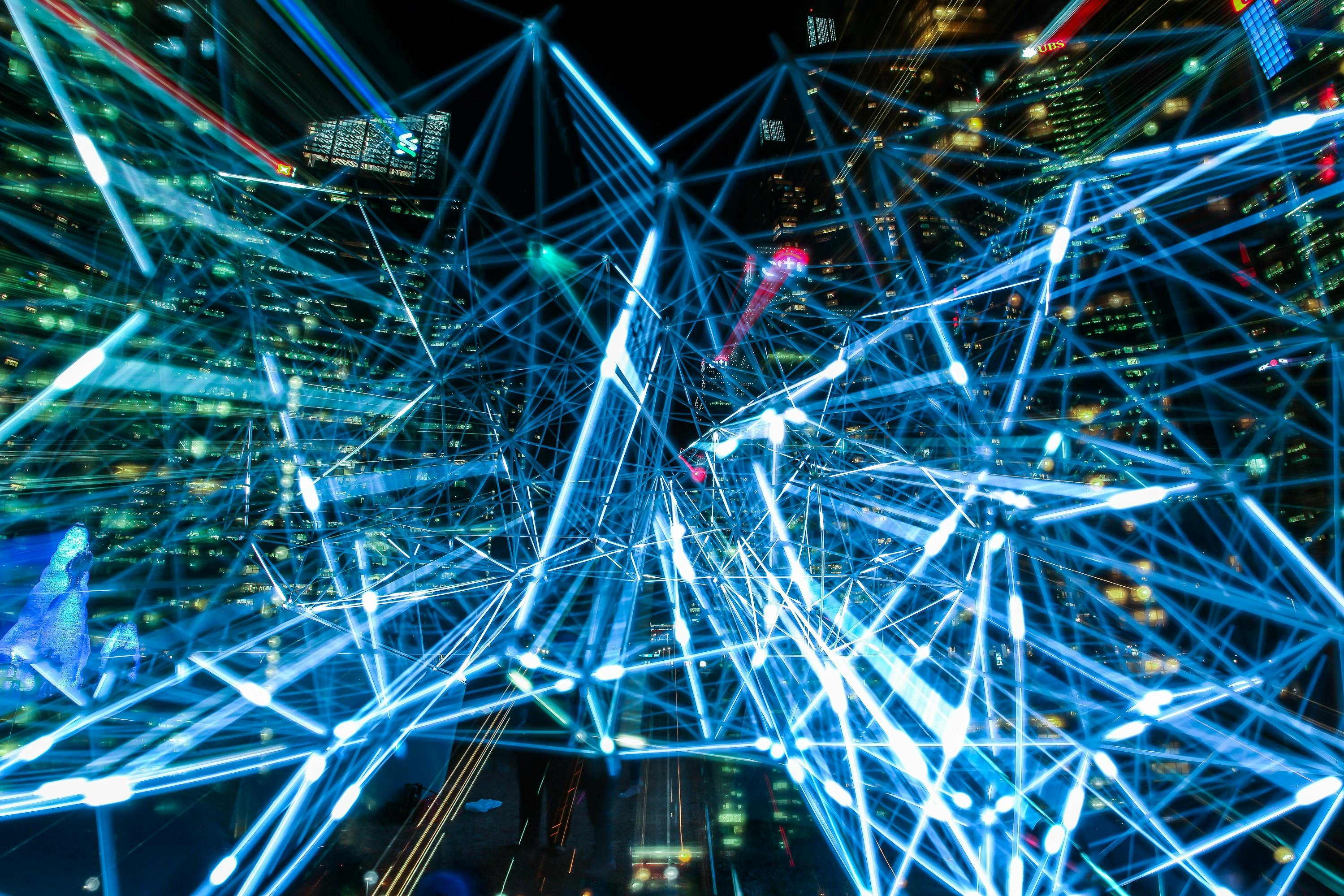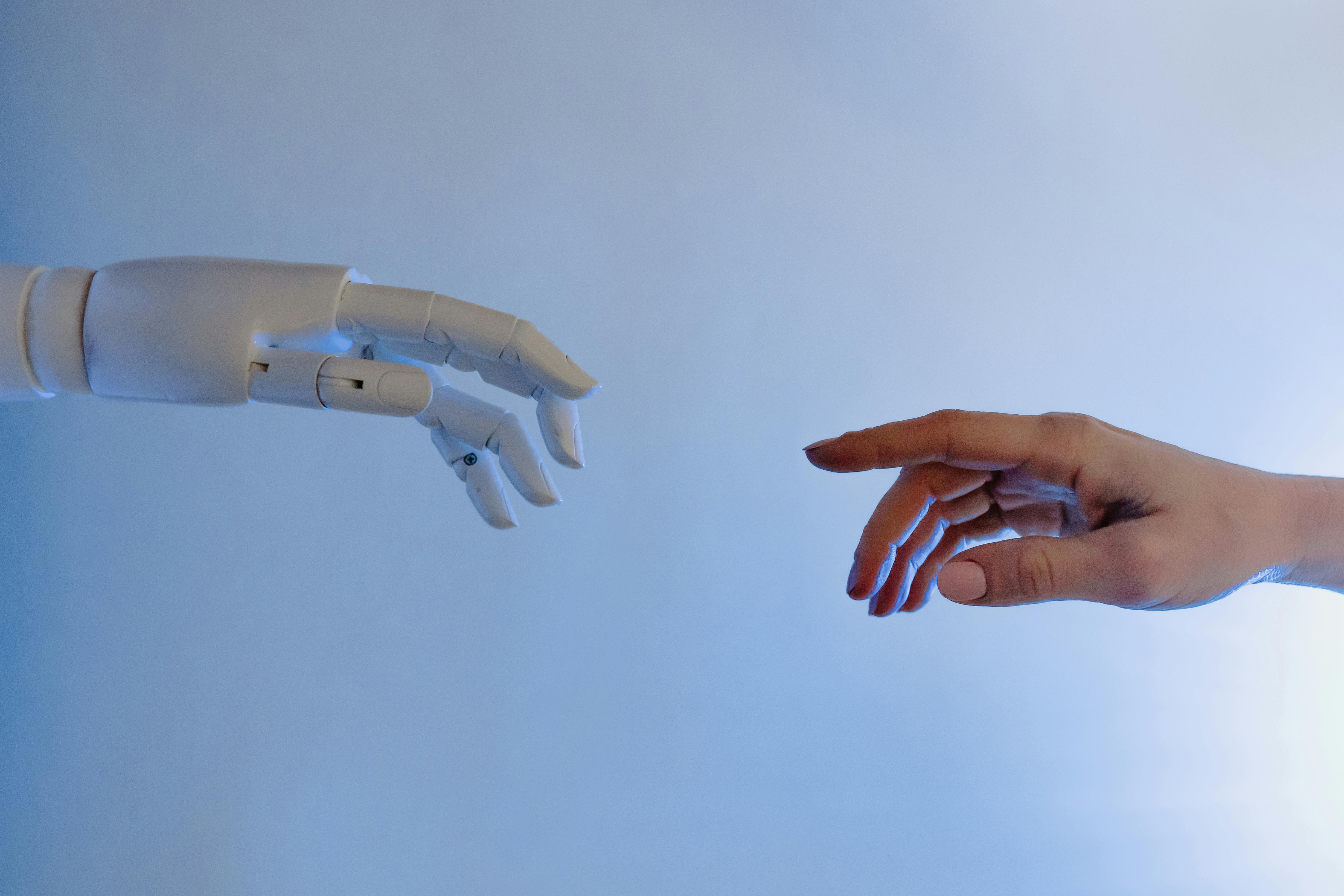
Deep Learning, Machine Learning and Artificial Intelligence: What are the Differences
Even without being involved in the world of data science, most people have heard the terms artificial intelligence, machine learning, and deep learning. These terms have been thrown around in recent years and are popular in enterprise IT. Though sometimes the terms are used interchangeably, particularly when AI development company are trying to market their products, they are not synonymous - they have important distinctions. Of course, artificial intelligence, machine learning, and deep learning are related notions, but each of these terms has its own distinct meaning.

In other words, deep learning is a part of machine learning, and machine learning is a part of artificial intelligence. Try to imagine them in the form of a series of overlapping concentric circles, where AI is the largest, including machine learning, then deep learning. As a result, deep learning is artificial intelligence, but artificial intelligence is not deep learning. Like the notion car rental business includes, the smaller ones, for instance cars for rent, rent a car or Rental24h.com. Since artificial intelligence, machine learning and deep learning are very trending and heard everywhere today, and many companies claim to incorporate these tech terms in their applications, let’s try to find out what they actually mean in practice.
What is Artificial Intelligence?
Broadly, artificial intelligence is the concept of creating smart intelligent machines. The term AI appeared around the 1950s. To cut a long story short, it shows people’s efforts to build machines that can challenge humans’ intelligence. However, defining intelligence has turned out to be rather tricky, as the comprehension of intelligence changes over time.
AI describes the process of associating machines mimicking cognitive functions with human minds, such as learning and problem solving. To put it more simply, AI is a programmed rule telling the machine how to behave in certain situations or something like several if-else statements. Let’s also clarify what an if-else statement is. It’s a basic rule programmed by a human.

Early AIs were rule-based computer programs capable of solving somewhat complex problems. Speaking of modern AI algorithms, they can learn from historical data. Thus they are usable for a multitude of applications such as self-driving cars, robotics, power grid optimization and natural language understanding. Nevertheless, we still have much work to do before AI can actually compete with human intelligence.
The difference between artificial intelligence vs. machine learning vs. deep learning
Unlike AI, machine learning and deep learning have very clear definitions.
What is machine learning?
Machine learning is a subset of artificial intelligence developed to mimic human intelligence. It’s quite an old field which includes methods and algorithms that appeared in the 1960s and are still used. Speaking of machine learning, you should imagine something resembling a series of algorithms that analyze data, learn from it and make informed decisions based on those learned insights.
Machine learning affects almost every industry as it can provide a variety of automated tasks. It’s important for the diversity of branches from IT security malware search, to weather forecasting, to stockbrokers looking for optimal trades.
Machine learning also involves classical algorithms to perform such tasks as clustering, regression or classification. To achieve the targeted functions and results the system needs to apply complex math and a lot of coding. Also, to get the better model of your algorithm you have to provide more data for it. In other words to train it on large amounts of data.
What is deep learning?
Contrary to machine learning, deep learning is a young subset of artificial intelligence, which bases on artificial neural networks.

Since deep learning algorithms also require data to learn and solve problems, it is often called a subset of machine learning. Though these two terms are synonymous, they have different capabilities.
Deep learning is connected with our understanding of a multi-layered structure of algorithms called neural networks. It is allowed performing much smarter tasks than were originally possible with machine learning.
Deep learning is the most sophisticated developed AI system for now ecommerce seo portland. It uses the layers of information processing. Each of these layers is gradually learning more and more complex representations of data. Beginning with colors, then shapes, the following about combinations of those shapes and, finally, actual objects – which demonstrates a breakthrough in object recognition.
To sum up, deep learning being a subfield of machine learning uses more complex algorithms. We know the as neural networks to replicate human intelligence. Due to this complexity, deep learning typically requires more advanced hardware to run than machine learning.
SIIT Courses and Certification
Also Online IT Certification Courses & Online Technical Certificate Programs

